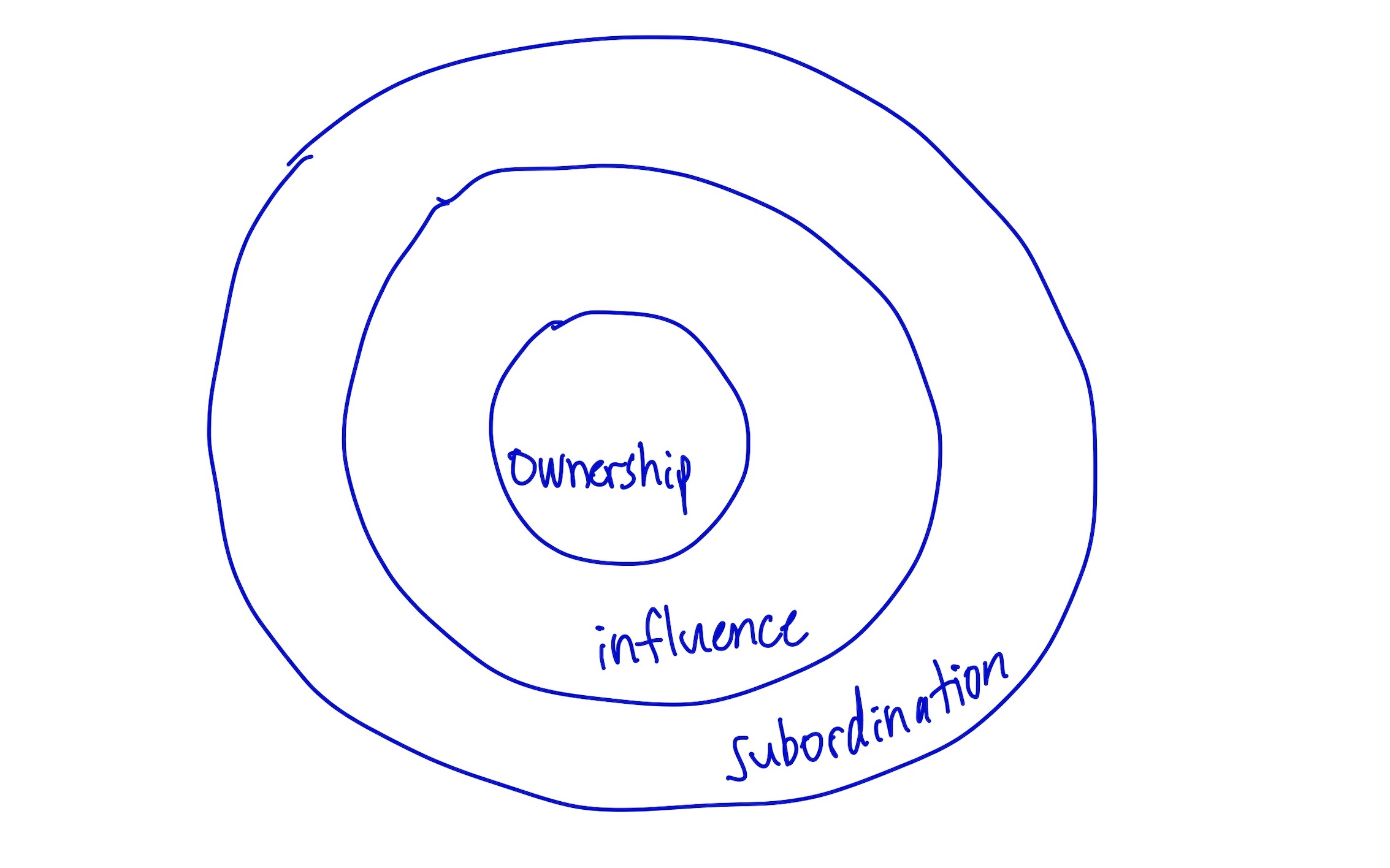
Welcome to Friday 411, issue #016. In 4 minutes, with 1 insight and 1 action, you’ll develop 5 best practices that will fortify your character as the foundation of your leadership.
1 Insight
Of the 7 indispensable leadership traits that we talk about, character is the foundation. Without an intentional focus on developing your character, you will build your leadership on a shaky structure.
Everyone has a story about a leader’s character. Unfortunately, most of these stories are negative:
- The CFO who embezzled money from the nonprofit
- The supervisor who consistently failed to deliver on promises
- The boss who only looked out for himself—his advancement, his bonus, his praise for a job well done
Most of us have been exposed to leaders of questionable character. Some of us have been affected by others’ poor choices so deeply, we have given up on leadership, or even people, altogether.
Would you ever want to be the person who has that much of a life-draining impact on those you lead?
You will be considered a hero or a villain by everyone you lead. If you want to avoid earning the role of villain, your character must outpace your skills, abilities, charisma, and drive to succeed.
Use these 5 Best Practices of Building Character to get you started:
Best Practice #1: Humble Yourself
Leadership begins with character. Character begins with the realization that you don’t see everything perfectly.
- You have blind spots.
- You have a distorted view of the world.
- You don’t understand the motives and actions of others.
- You are wrong a lot.
Humbling yourself requires acknowledging your own fallibility. You admit to yourself and others that you aren’t right all the time, that you don’t always know when you’re wrong, and that you need other people.
The idea of bringing these hidden truths into the light sparks fear in many leaders.
FEAR: If I admit I’m not right all the time, people will lose confidence in me.
FACT: People already see that you’re not right all the time. It builds confidence when they know that you see it, too.
FEAR: If I admit I don’t always know when I’m wrong, people will lose trust in me.
FACT: People’s trust in you will grow when they are free to voice challenges and concerns.
FEAR: If I admit I need other people, they will lose faith in my ability to succeed.
FACT: People follow leaders who invite them to succeed together.
Best Practice #2: Spotlight Others
Imagine walking into a room of total strangers. How do you feel? You may be one of .000001% who thinks, “That’s so exciting. I love meeting new people in completely awkward situations.”
The rest of us feel shriveled up, self-consciously wondering if we have spinach in our teeth. We feel as if there is a spotlight right on us, the whole room looking our way. Judging us.
That feeling that you’re being illuminated by a spotlight is so common that psychologists have appropriately named it. It’s called the spotlight effect. The spotlight effect occurs when you overestimate how much people notice about you.
Psychologists have another term that happens in conjunction with the spotlight effect. It’s called the illusion of transparency. It’s the feeling or belief that people not only notice you but also see your inner world, what you’re thinking and feeling.
The truth is, when you walk into a room, everyone is thinking about themselves. They all think that the spotlight is on them. They all think that their inner world is projected out to everyone. They all feel as uncomfortable as you do.
At first read, this idea of Spotlighting Others may seem counterintuitive. Everyone is concerned about the spotlight, so we turn the spotlight on them?
Spotlighting Others means taking that spotlight they already feel and ensuring them that the light is full of positive energy, warmth, and acceptance. Spotlight Others by:
- Acknowledging them
- Regarding them favorably
- Treating them with honor, dignity, and respect
- Voicing sincere appreciation, praise, and value
- Taking an interest in who they are, what they like, and who their favorite people are
Best Practice #3 Take 125% Responsibility
Leaders of character take responsibility for things they can control and influence. They don’t waste energy on things they can’t control.
This idea is represented in our circle diagram that represents three layers of responsibility.

At the center is the circle of ownership. These are the areas in your life that you exercise complete control and authority over.
The middle ring represents your areas of influence. These are areas where you might be able to exercise some control or authority.
The outer ring represents your areas of subordination. Here, you have no control or authority.
This diagram illustrates 100% responsibility. But character entails taking more than 100%. Character demands 125% Responsibility. Meaning, you take responsibility for everything in your area of ownership. You take responsibility (but not credit) for the outcomes in your area of influence.
For example, your sales team fails to meet their monthly goal. That outcome is on you. Somehow, your leadership failed to produce results and you need to make adjustments. What if your sales team meets their goals? That victory is on them.
A leader of strong character will claim the losses and praise the wins.
Best Practice #4: Handle the Hard Thing
Leadership demands hard decisions, conversations, and actions.
- You make decisions with limited data. Others won’t understand the decisions that you make, blasting you around the water cooler.
- You have hard conversations with people, critiquing their performance, demanding more, all while limiting resources.
- You take actions that may affect others negatively, like demoting them or letting them go.
Leadership is hard. Period. But there is an added challenge: our brains are wired to find the easiest way to do something and select that route.
Here is the paradox: leadership demands doing hard things while our brains are constantly looking to make things easier. We seek comfort when leadership is uncomfortable. As a result, many leaders choose not to do the hard thing.
Over our years of working with leaders, we’ve observed that most of the time, leaders know what conversation they need to have, what decision they need to make, or what action they need to take. But because it’s hard, they put it off.
Leadership is filled with hard decisions, conversations, and actions. If you are striving to be a leader of character, there is no taking the easy route. You must handle the hard things.
Best Practice #5: Expect Character from Others
We’ve heard many leaders describe their leadership philosophy as, “I just model the behavior that I want for people and believe that they’ll follow.” Modeling is not enough. Leadership includes modeling good behavior. But it is not limited to that.
Your people need to hear you talk about character. They need to hear you talk about Humbling Yourself, Spotlighting Others, Taking 125% Responsibility, and Doing the Hard Thing. You need to be clear that these behaviors are expected from them. They need to hear your affirmations when they do them. Hire people who demonstrate these actions already. Promote people who practice these character habits, not simply those who are most competent.
Your willingness to hold others accountable for their character demonstrates your character.
1 Action
Begin building your foundation of character this week by selecting one best practice to turn into a habit.

